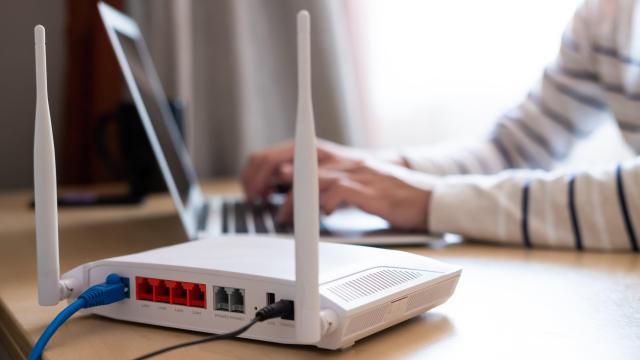Whether you changed internet service providers (ISPs) or need to upgrade your password, switching your wifi comes with some challenges. Manually connecting all your smart home devices when there’s a change in your network connectivity is a time-consuming process — wouldn’t it be so much easier to switch wifi connections across all your smart home devices at once? Luckily, there are workarounds to make switching internet connections easier; here are two possible solutions.
Change the SSID and PSK/password
When you open up the wifi settings on one of your smart devices, you’ll typically see several network options to choose from. The name of your wifi network is the SSID, which stands for the service set identifier.
One way to prevent the issue of manually connecting your smart home devices is to change the SSID and your wifi password to your original router’s credentials. In other words, if you use the same wifi name and password when you set up a new connection, you should be able to restart every smart device in your home, and they should automatically connect to your new network.
Remember that some routers will refer to the password as the PSK. Make sure you look for the correct field when you’re ready to plug in your new password to connect to the internet. If you fail to enter the same information into your new network setup, the process may not work for you. Double-check that you’re entering the correct information in the appropriate fields.
Use ethernet for your device connections
No lags in connectivity and a lack of interference are two reasons to consider using an ethernet connection. While wireless internet is more popular, there’s nothing wrong with using a wired connection in your home, if possible. When using a wired connection, it’s more likely that your smart devices will perform at their very best. Ethernet is reliable and requires no passwords like standard wireless connections.
There are various types of fibre optic cables you can use to power your ethernet connection. For example, there are single-mode and multi-mode fibre optic cables that are offered by plenty of telecommunication companies.
Single-mode cables are best for large homes that need higher bandwidths, while multi-mode fibre optic cables are better for short distances and lower bandwidths. The cables you use for your internet connection can either positively or negatively affect your home connectivity. Be sure to evaluate your home’s internet needs before choosing one cable over another.
Keep in mind that some smart devices, depending on their capabilities, may not be able to maintain an ethernet connection when using these types of cables. Check the specifications of your smart devices before setting up this type of ethernet cable connection.

Leave a Reply
You must be logged in to post a comment.